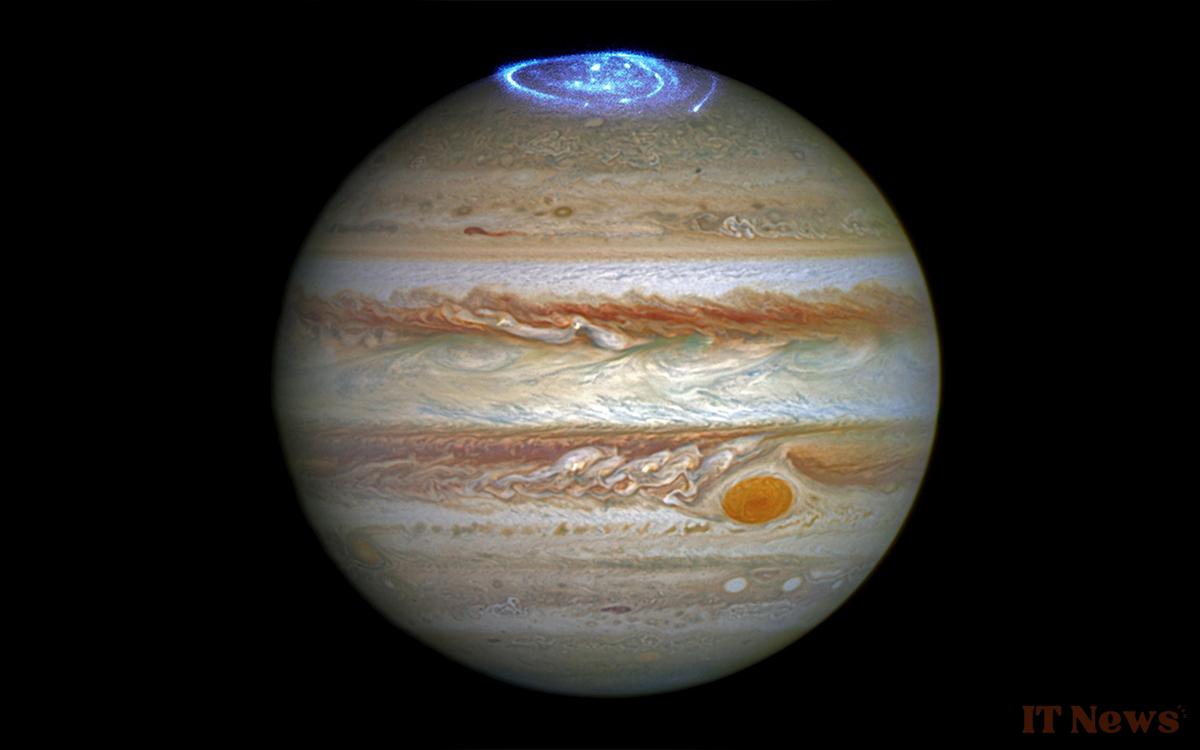Jupiter seems almost untouchable in the solar system. But a new study reveals that the Sun can still give it a rough ride. A rare phenomenon has compressed its magnetic field in a spectacular way.
Jupiter is thelargest planet in the system solar. Its turbulent atmosphere, volcanic moons, and powerful magnetic fields make it a fascinating object of study for astronomers. You might think that a giant of this size would be protected from the whims of the Sun. However, a new study shows that even the Sun is not completely safe. Researchers have observed a dramatic effect caused by a solar storm in 2017, highlighting an unexpected reaction.
This rare phenomenon has been triggered by a massive burst of solar wind. This stream of particles projected by the Sun struck Jupiter and its giant Red Spot with such intensity that it compressed its magnetosphere, the magnetic bubble that protects the planet. As a result of this deformation, scientists observed a sudden rise in the temperature of its upper atmosphere. This reached up to 500°C, compared to around 350°C normally. This heat, normally confined near the poles thanks to the auroras, moved toward the equator, a response never before observed.
The Sun blasted a giant heat wave through Jupiter's atmosphere
To analyze this change, the researchers used data from the Keck telescope, based in Hawaii, and from the Juno spacecraft, which has been orbiting Jupiter since 2016. By comparing the readings, they determined that the compression of the magnetic field had strengthened the intensity of the auroras. This overheating caused a sudden expansion of the upper atmosphere, projecting heat over half of the planet. One of the study's authors describes the event as if its magnetic field had been "squashed like a foam ball."
According to the researchers, this type of phenomenon could occur two to three times a month on Jupiter. Until now, it was thought that its rapid rotation acted as a natural barrier. But this discovery shows that the Sun's effects are more powerful than previously thought, even at more than 700 million kilometers. Beyond this planet, these data also allow us to learn more about the possible consequences of solar storms on other planets, including Earth, where They can disrupt communications and power grids.
Source: AGU




0 Comments